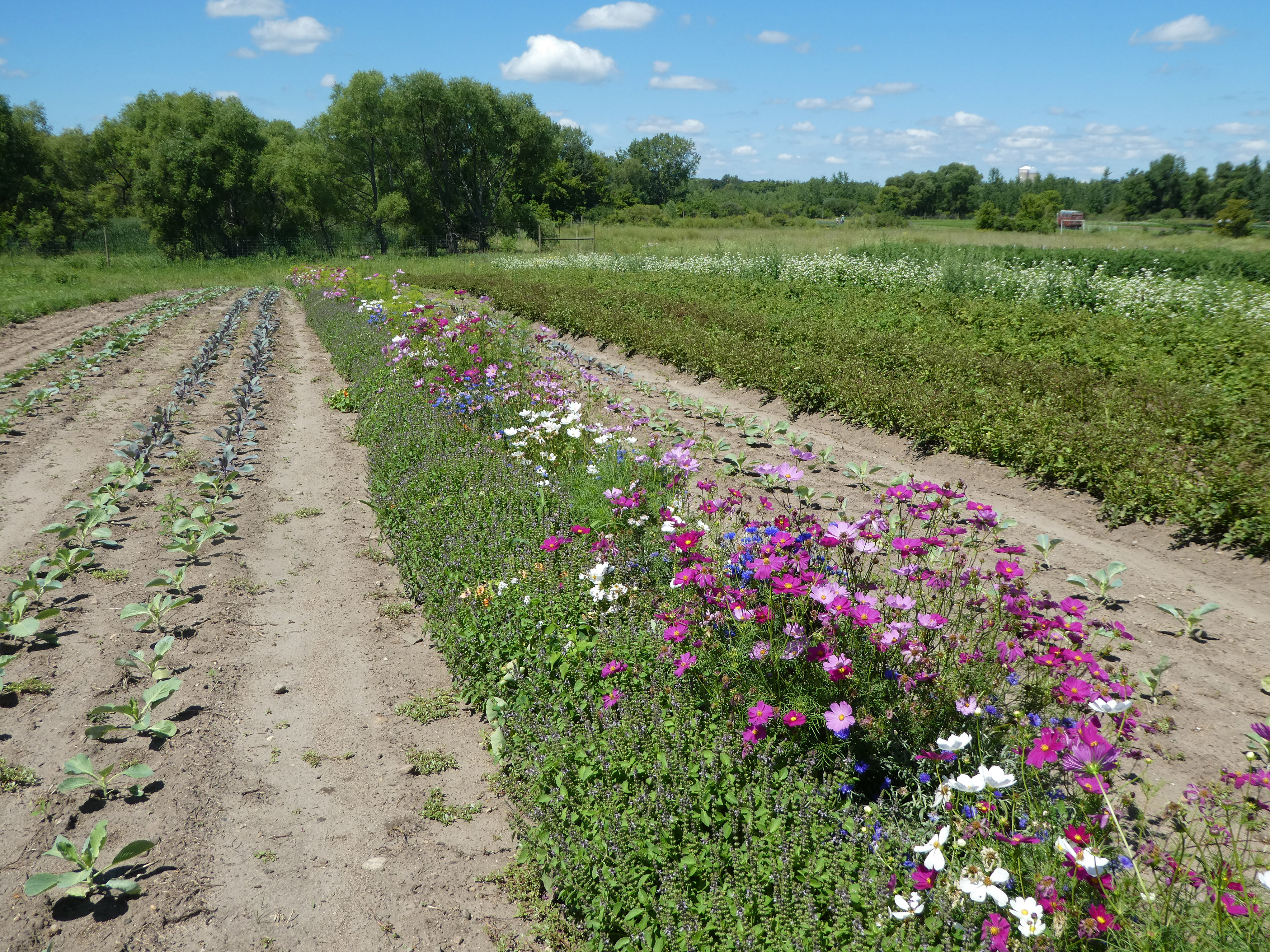Do something extra special on Earth Day to support invertebrates and their habitat.
Of course, every day is a great day to support invertebrates and their habitat—but Earth Day is a great time to do something extra special. Here are some ways you can work to promote a healthy planet for invertebrates and the people they let share their planet.
1. Plant Something for Pollinators
Here’s a round-up of some places to start when looking for ideas about what to plant for pollinators. Be sure to visit our blog for more articles and plant profiles.
Regional plant lists for pollinators, monarch nectar plant guides, and milkweed guides
100 Plants to Feed the Bees (a Xerces book)
Plants You Can Eat Are a Pollinator Treat
Picking Plants for Pollinators
Planting for Pollinators—In Your Backyard and Beyond
2. Plant a Tree to Bring Home the Butterflies
Native trees support hundreds of butterfly and moth species and provide habitat for other wildlife too. Tree planting is a popular way to celebrate Earth Day—so make sure you don’t miss an opportunity to plant a species that will do the most good. In his book Bringing Nature Home, Doug Tallamy identifies the trees and shrubs that support the most butterfly and moth species. For more ideas check out our book Gardening for Butterflies.
3. Make a Splash With a Rain Garden
Rain gardens help to keep our watershed clean to the benefit of freshwater mussels and other aquatic invertebrates, and when they’re planted with pollinator supporting native plants, Rain Gardens are a Win-Win
4. Create a Nest for Native Bees, or Plant a Beetle Bank or Insectary Strip
Pollinators need adequate nesting and overwintering sites to support healthy and sustainable population levels. Learn how you can provide more nesting habitat in your landscape. Read Bring Back the Pollinators: 5 Ways to Increase Nesting Habitat for Native Bees for more details
Beetle banks, insectary strips, and other features help to promote a diverse mix of natural predators. These insect allies can help keep common crop pests in check, and add diversity to your landscape. Download Habitat Planning for Beneficial Insects for guidance on how to create these.

5. Write a Letter and Spread the Word
Raise awareness and make your voice heard to change minds and influence policy! try the following links for advice and information.
Every Species Needs A Voice: Speak Up!
Write Your Rep! Less Mowing, More Monarchs
Xerces Model Policy to Protect Pollinators from Harmful Pesticide Exposures
6. Participate in Community Science
Community science efforts allow anyone to contribute to meaningful conservation and scientific research. Learn more about community science efforts we lead and support, or find other community science projects on just about any subject imaginable.
7. Take a Picture and Share It
Not only can a good photo help to make often unnoticed insects easier to enjoy—they can be used to document species and add to observation data that is used in real-world conservation efforts. Use the links below to discover five tips from nature photographer Clay Bolt on how to better photograph insects, and learn about photo-driven community science projects you can join.
5 Tips for Better Insect Photography
Western Monarch Milkweed Mapper

8. Dump Your Pesticides (Safely and Legally of Course!)
Many municipalities hold hazardous household waste disposal days in celebration of Earth Day, check with your waste authority for details, or follow this advice to safely dispose of unwanted pesticides.
9. Use Your Muscles to Save Some Mussels
Freshwater mussels are among the most imperiled animals in the U.S. Participate in a river or watershed cleanup effort to help keep water clean for freshwater mussels and other aquatic wildlife. Look for local watershed cleanup efforts or use this map to find a cleanup effort near you.
10. Make a Donation
Help support the work we do—on Earth Day and every day. Consider making a donation or becoming a member today.





